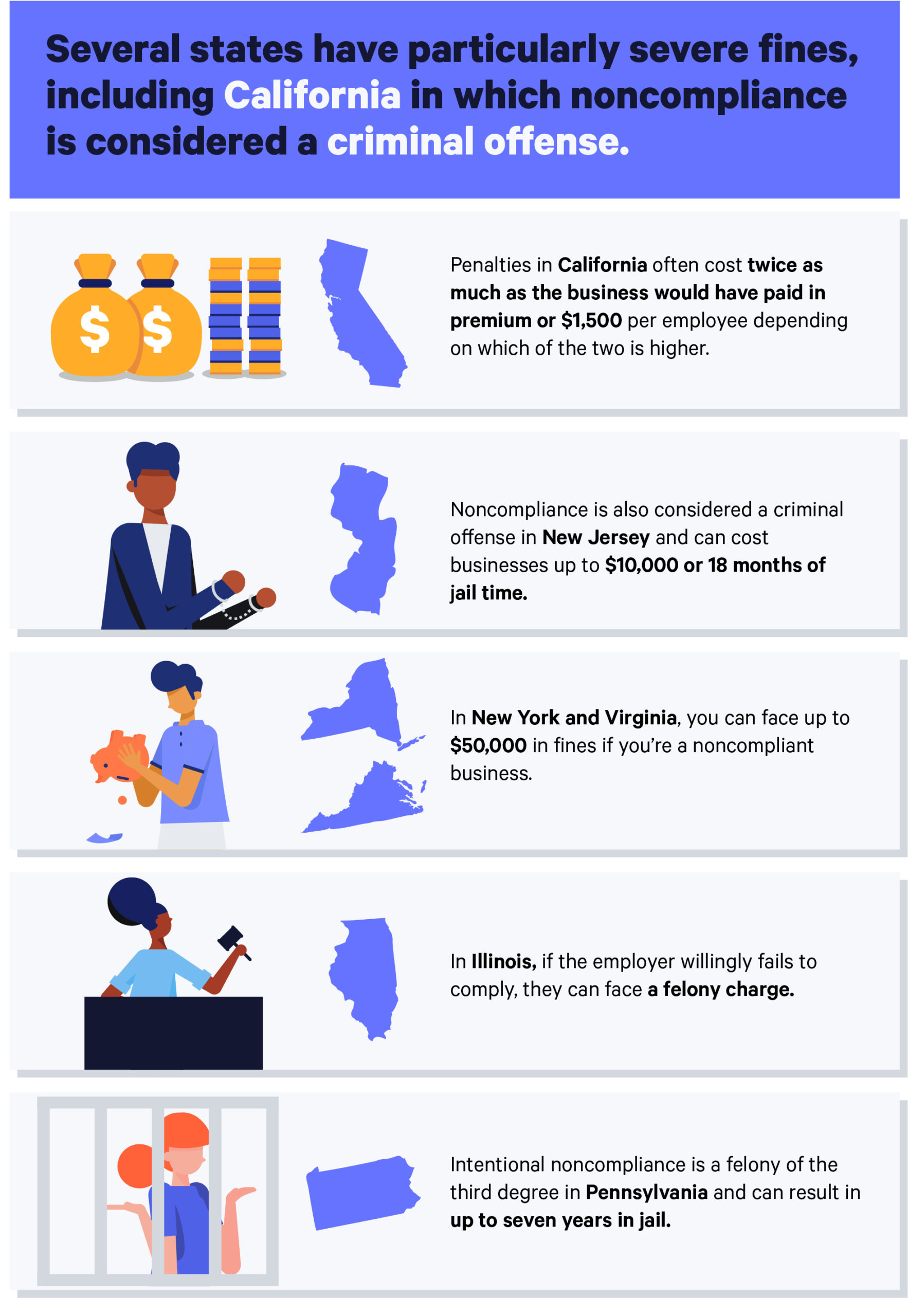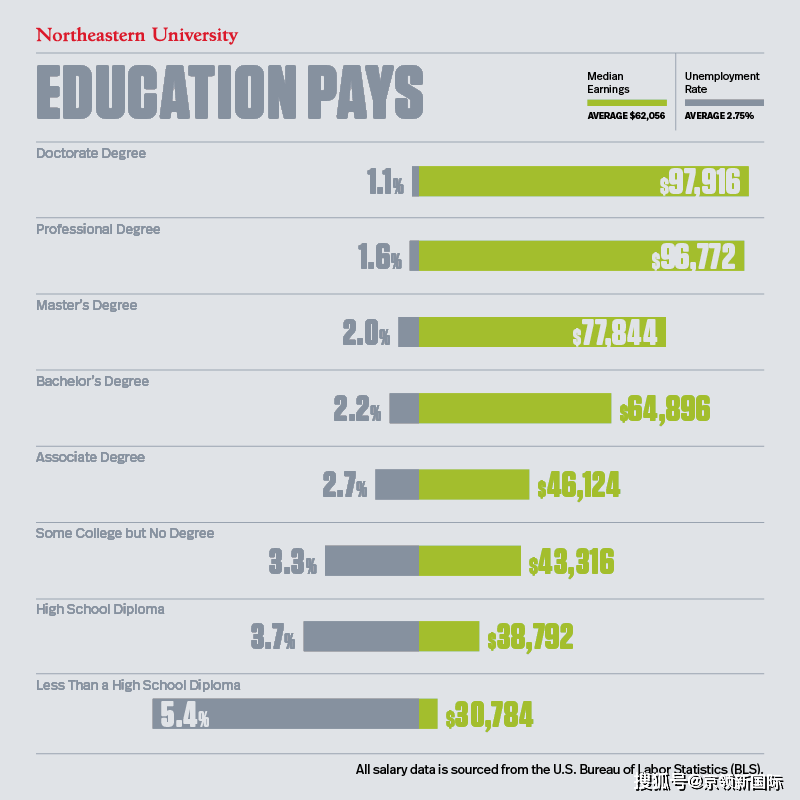Understanding Federal Student Loans: Your Comprehensive Guide to Financing Education
Guide or Summary:What are Federal Student Loans?Types of Federal Student LoansEligibility for Federal Student LoansBenefits of Federal Student LoansHow to A……
Guide or Summary:
- What are Federal Student Loans?
- Types of Federal Student Loans
- Eligibility for Federal Student Loans
- Benefits of Federal Student Loans
- How to Apply for Federal Student Loans
- Repaying Federal Student Loans
#### Introduction to Federal Student Loans
What are Federal Student Loans?
Federal student loans are loans provided by the government to help students finance their education. Unlike private loans, federal student loans typically offer lower interest rates and more flexible repayment options. They are designed to make higher education accessible to a broader range of students, including those from low- and middle-income families.
Types of Federal Student Loans
There are several types of federal student loans available, each with its own features and eligibility requirements. The main types include:
1. **Direct Subsidized Loans**: These loans are available to undergraduate students who demonstrate financial need. The government pays the interest while the student is in school, during the grace period, and during deferment periods.
2. **Direct Unsubsidized Loans**: Available to both undergraduate and graduate students, these loans do not require a demonstration of financial need. Interest accrues while the student is in school, and the borrower is responsible for paying it.

3. **Direct PLUS Loans**: These loans are available to graduate students and parents of dependent undergraduate students. They require a credit check and can cover the full cost of attendance minus any other financial aid received.
4. **Direct Consolidation Loans**: This option allows borrowers to consolidate multiple federal student loans into one loan, simplifying repayment and potentially lowering monthly payments.
Eligibility for Federal Student Loans
To qualify for federal student loans, students must complete the Free Application for Federal Student Aid (FAFSA). This application assesses financial need and determines eligibility for various types of federal aid, including loans, grants, and work-study programs. Factors influencing eligibility include the student’s financial situation, the cost of attendance at their chosen institution, and their enrollment status (full-time or part-time).
Benefits of Federal Student Loans
Federal student loans offer several advantages over private loans, including:
- **Lower Interest Rates**: Federal loans typically have fixed interest rates that are lower than those offered by private lenders, making them more affordable in the long run.

- **Flexible Repayment Options**: Borrowers have access to various repayment plans, including income-driven repayment options that adjust monthly payments based on income and family size.
- **Loan Forgiveness Programs**: Certain federal loans may be eligible for forgiveness after a specified period of qualifying employment, such as in public service or teaching.
- **Deferment and Forbearance Options**: Federal loans provide options for temporarily postponing payments without damaging the borrower’s credit score, which can be a lifesaver during financial hardships.
How to Apply for Federal Student Loans
Applying for federal student loans begins with completing the FAFSA. It’s essential to submit the application as early as possible since some financial aid is awarded on a first-come, first-served basis. Once the FAFSA is processed, students will receive a financial aid award letter from their school detailing the types and amounts of aid they are eligible for, including federal student loans.
Repaying Federal Student Loans
Repayment of federal student loans typically begins six months after graduation, leaving school, or dropping below half-time enrollment. Borrowers can choose from various repayment plans, including standard, graduated, extended, and income-driven repayment plans. It’s crucial to understand the terms of the loan and stay in communication with the loan servicer to avoid default.

#### Conclusion
Federal student loans are a vital resource for many students seeking to finance their education. Understanding the types of loans available, eligibility requirements, benefits, and repayment options can empower students to make informed decisions about their education funding. By leveraging federal student loans wisely, students can invest in their future and achieve their academic and career goals.